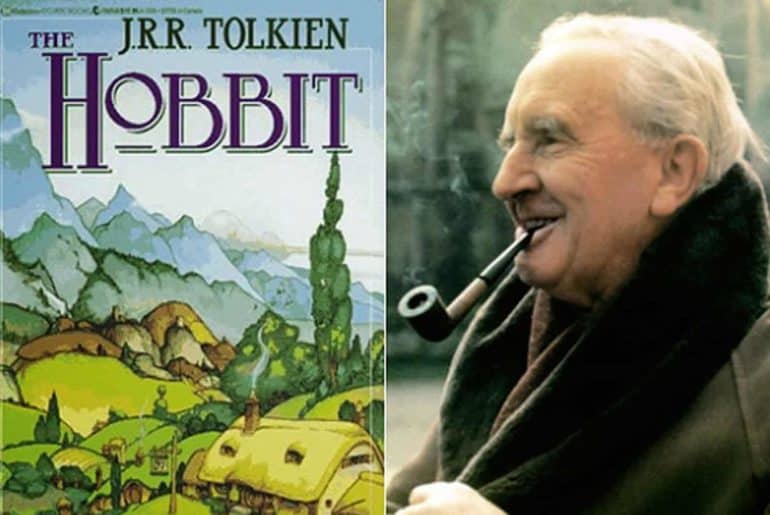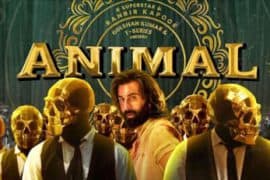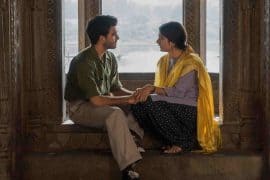As we celebrate the 126th birth anniversary of this author of masterpieces like The Hobbit, The Lord of the Rings, and The Silmarillion, we try to locate what makes his books work their magic on the audience, never once being out of print even after decades of their publication, and making W. H. Auden call them the best children’s books of the century.
3rd January was the birthday of “The Professor”. Mr. J.R.R. Tolkien was born in Orange Free State in South Africa. He lived in the United Kingdom for the better part of his life and was appointed a Commander of the Order of the British Empire in 1972, a year before his death in 1973.
In the 19th century, when the world of that time understood and consumed high fantasy only on the scales of the light-hearted, childish, and hence nonsensical Alice in Wonderland books, J.R.R. Tolkien defined on his own terms the pre-understood scope, characterisation, and treatment of the genre, once again posing the question like Homer did with The Iliad that how could the very first book be the greatest ever written since.
The Hobbit came in the fall of 1937. Here, Tolkien defined both time and space on his own terms setting the plot in the times between “The Dawn of the Farie and the dominion of Men”. The novel follows the exploits of Bilbo Baggins and his thirteen dwarf companions as they set themselves on the herculean pursuit of the Lonely Mountain. The sheer volume of the text is terrifying to anyone who tries to see the novel through the lens of a children’s novel. The gravity of the conception of an entire world of multifarious characters and their complex politics is staggering. The tale is thrilling, power-packed with suspense, and glorious accounts of the glorious events. The audience begins like Bilbo Baggins — naïve, innocent, and loving the comfort of a warm home — and finds itself maturing in the buildup of the war, confronting the detrimental questions of right and wrong and finally achieving heroic glory. The follow-up trilogy, The Lord of the Rings and the posthumous novel, The Silmarillion, only further enhanced the unique magic of The Hobbit. The author’s ability to make the audience believe in a world of his own creation, which have their every last detail immaculately curated and the creatures unprecedented yet human — their adventures are of the same elements that dreams are made of.
J.R.R. Tolkien was one of the many authors who was influenced by the events of the war and wrote about it. But as others found solace in crude realism, Tolkien took to romantic high fantasy to create a modern mythology. Moreover, he went on to furnish realism to the fantasy. It is almost as if he toured with Bilbo and later with Frodo and wrote for us what he saw and conversed. And yes, he made us believe that all those who wander are not lost.
Feature Image Credits: Oxford Cambridge Boat Race NYC
Nikhil Kumar
[email protected]





Comments are closed.